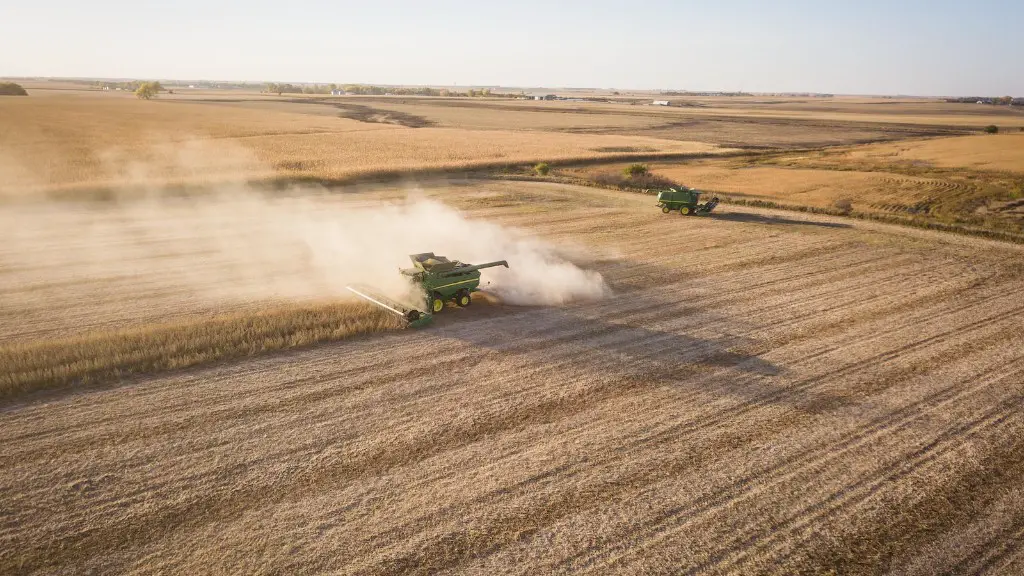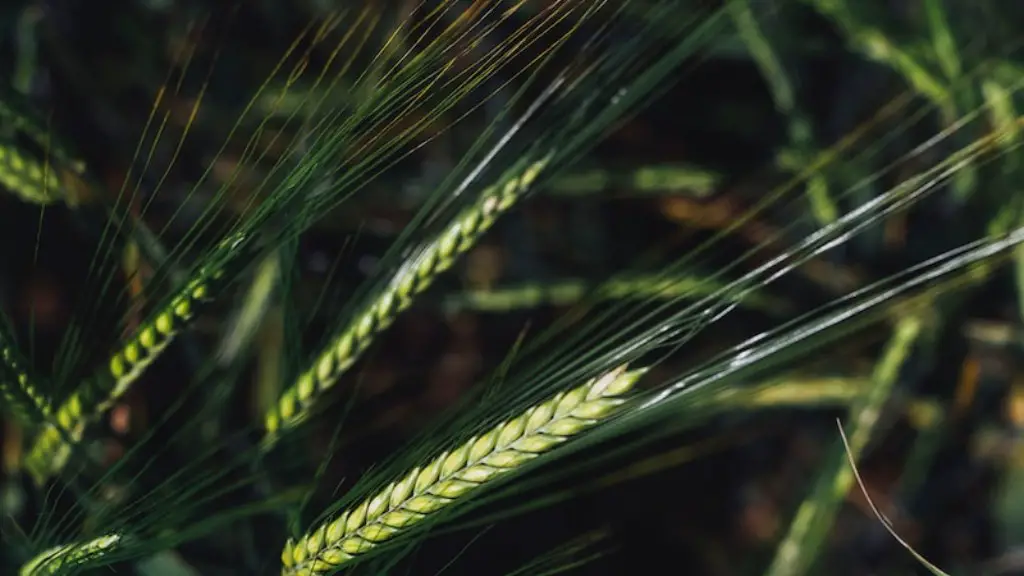Practical agriculture is a system based on the principles of food and soil science, ecology and economics. It focuses on sustainable, environmentally sound, and profitable farming practices. This type of agriculture utilizes methods such as crop rotation and soil management to ensure healthy crop yields and is a system used to ensure agricultural success in the long-term. Practical agriculture is both a technical and practical way of managing the land for large-scale production and small-scale subsistence.
The practice of practical agriculture requires a large body of knowledge and understanding. Farmers must know various aspects of their environment, including climate, soil, water, pests, and more. Farmers must also understand the principles of crop nutrition and pest management, as well as biotechnology. In addition, they must have knowledge in different types of farming, including conventional, organic and integrated farming. Furthermore, they must learn how to use the latest technology to increase production and be able to manage their costs.
Practicing practical agriculture requires a combination of inputs from farmers, scientists and other experts. First and foremost, farmers must be knowledgeable and have the necessary experience to make informed decisions about managing their land. Scientists and other experts must also provide advice about the most appropriate methods to use for different farming methods and for soil, water and other elements of the environment. This ensures that any decisions made are based on the best available evidence and predictions about the future.
Although practical agriculture is a combination of traditional and modern techniques, it relies heavily on using limited resources more efficiently. Effective soil management and crop rotation are two of the most important elements to ensure long-term success. Farmers must also be aware of how their methods will affect the environment and how they can reduce their environmental impact. Furthermore, farmers must understand the markets in which they sell their produce, in order to maximize their profits. Finally, farmers must understand the economics involved and how they can effectively maintain their prices while still ensuring the highest quality of food and products.
Soil Management
Soil management is one of the most important components of practical agriculture. It involves improving the soils fertility, optimizing water and nutrient availability, managing soil erosion, and implementing sustainable farming practices. Proper soil management requires an understanding of soil composition, fertility, and ecological characteristics. For example, soil composition will influence the type and availability of nutrients, which in turn can affect a crop’s yield. The management of soil erosion is also an important factor, as soil erosion reduces soil fertility and can negatively impact crop yields.
For practical agriculture, farmers must have an understanding of soil management, soil type, soil erosion prevention and control, and soil fertility management. Farmers must also understand how water, fertilizer, and pest control can affect the soil’s health. In addition, they must be knowledgeable in soil preservation and protection, as soil preservation is critical to preserving the fertility of the soil. Lastly, farmers must be proficient in the use of soil analysis and other technologies to measure and interpret soil texture, structure, and fertility.
Crop Rotation
Crop rotation is another important element of practical agriculture. It involves the practice of rotating different crops in a field from year to year in order to maintain soil fertility and prevent soil erosion. This technique is used as a method for controlling pests, diseases, and weeds. Additionally, crop rotation can reduce the risk of monoculture and make the most of available resources. Other than this, crop rotation also facilitates crop insurance, reduces the need for agricultural chemicals, and helps farmers reduce the occurrence of soil-borne diseases.
Understanding and implementing the principles of crop rotation is a key component of practical agriculture. Farmers must recognize the benefits of crop rotation, such as the reduction of chemical inputs and soil-borne disease, as well as the need for knowing the correct crop rotation system for the region and climate. Furthermore, they must be aware of the different soil types, soil fertility, and crop types in order to successfully rotate crops. In addition, farmers must understand the principles of chemical-free farming and organic farming when implementing a crop rotation system.
Agroforestry
Agroforestry is a practice of managing land by growing trees, shrubs and other plants in combination with crops and animals. This method combines the advantages of traditional agriculture with the productive and preventive values of forests and trees. Agroforestry can help reduce soil erosion, improve water conservation, increase biodiversity and provide food, fuel and fodder. Additionally, agroforestry can create income opportunities, improve environmental sustainability and increase climate resilience. Furthermore, agroforestry can serve as a buffer against land degradation and desertification.
For practical agriculture, it is important for farmers to be knowledgeable in agroforestry practices, such as soil conservation and management, agronomy, forestry, and silviculture. Furthermore, farmers must understand the principles of plant physiology and ecology, as well as the different types of agroforestry systems. Additionally, they must be proficient in the use of sustainable land management technologies and be aware of the legal and regulatory frameworks that apply to agroforestry activities.
Biological Control
Biological control, also known as integrated pest management (IPM), is a key component of practical agriculture. IPM is the practice of controlling pests and diseases through the use of natural predators and parasites, rather than through the use of chemicals. This practice helps reduce the use of pesticides and chemicals, which can have negative impacts on the environment and health. Furthermore, biological control is more cost-effective, as pest control strategies can be tailored to the particular pest, land area and climate.
In order to understand and implement practical agriculture, farmers must be knowledgeable in the principles of biological control. For example, they must understand the different types of predatory and parasitoid insects and how they can be used to control or suppress pests. Furthermore, they must learn how to identify the natural enemies of pests, as well as how to use them as part of an IPM strategy. Additionally, they must understand the principles of crop rotation, pest and weed management, and biodiversity in order to employ the most effective pest control methods.
Technologies & Technologies
Technology is another important element of practical agriculture. This includes the use of advanced agricultural equipment, the introduction of precision agriculture technologies, the application of global positioning systems (GPS) and geospatial informatics, the use of unmanned aerial vehicles (UAVs), and the incorporation of genetics, data analytics and artificial intelligence.
It is important for farmers to understand the principles of using technology in agriculture, as well as its advantages and disadvantages. For example, GPS can help optimize land use, increase efficiency, save time, and reduce costs. Furthermore, UAVs can provide farmers with real-time data on crop management and can be used to monitor and manage pests, weed and disease pressures. In addition, data analytics and artificial intelligence can be used to identify issues and solutions in agriculture, as well as improve agricultural decision-making.
Finally, farmers must also be aware of the legal and regulatory frameworks related to the use of technology in agriculture. This includes understanding how technology can be used to protect intellectual property, how it can be used to comply with food safety standards, and how it can be used to promote sustainable farming.



